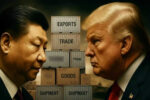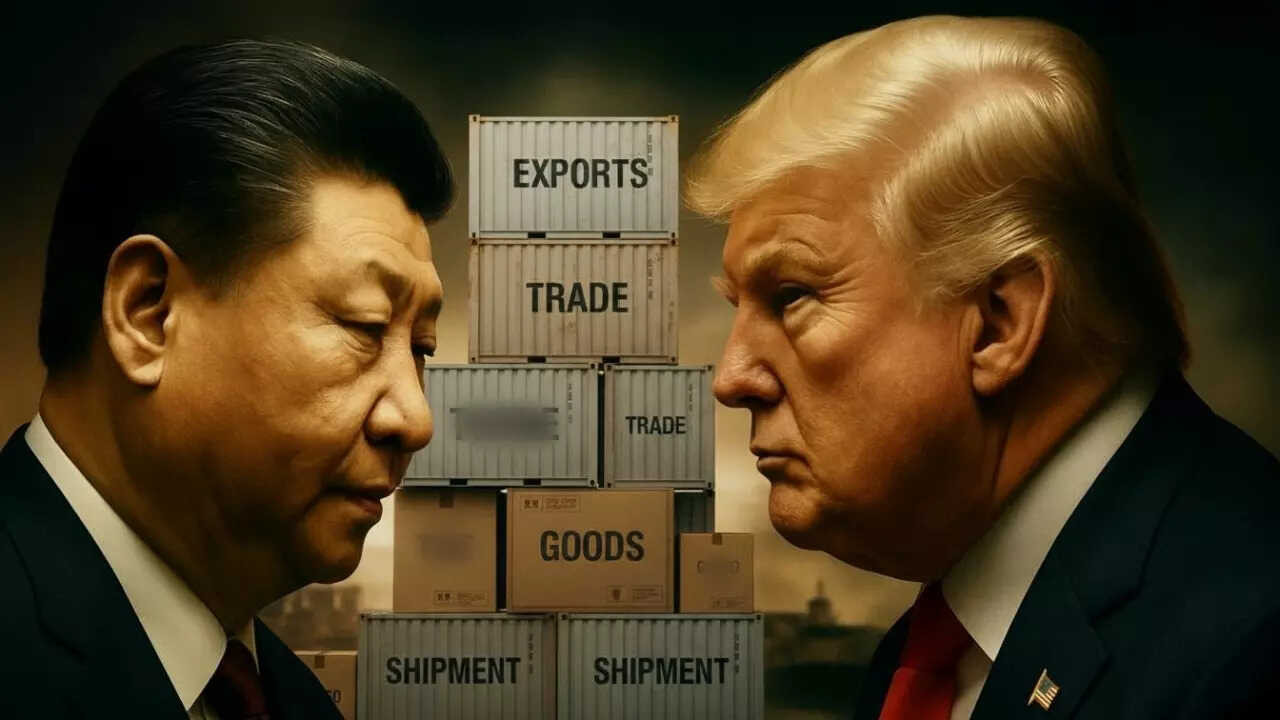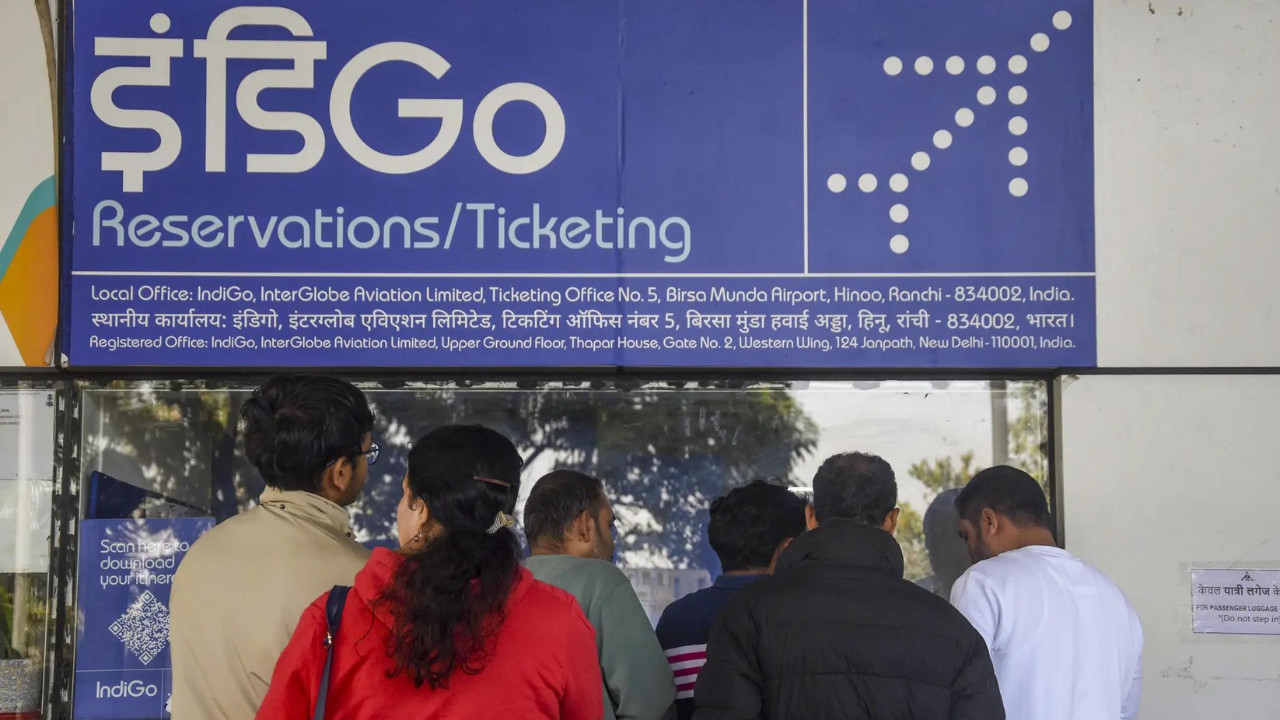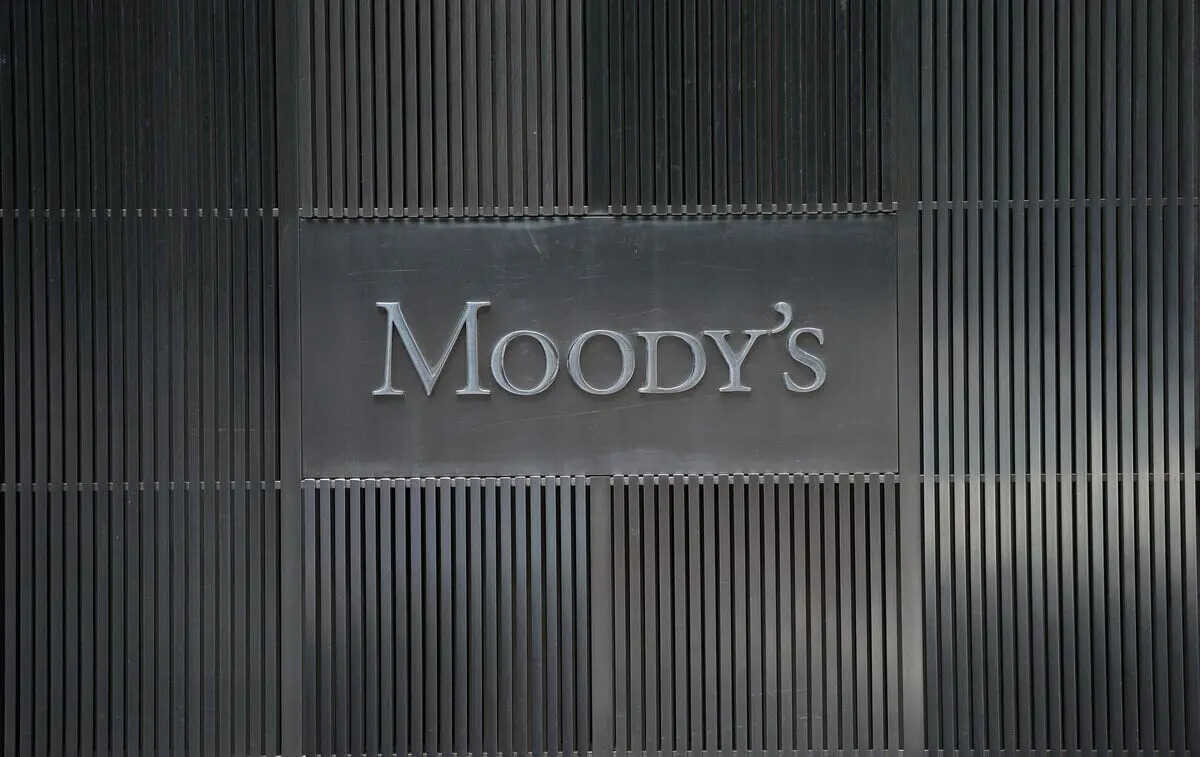US consumer sentiment rebounded in June, marking the first increase in six months, according to University of Michigan data. The Consumer Sentiment Index surged to 60.5, a 16% rise from May, signaling economic stabilization amid subdued inflation and eased trade tensions with China. Despite the improvement, sentiment remains below December 2024 levels, with consumers still wary of economic risks.
Is That a Spring in America’s Step? A Consumer Confidence Check-Up
Alright, let’s talk money. And more specifically, how Americans are feeling about their money. Because let’s be honest, the economy isn’t just about charts and graphs, it’s about real people and their anxieties (and hopefully, joys) about their financial futures.
For a while now, the vibe has been… well, let’s just say pessimistic. Inflation’s been the uninvited guest at every dinner table, and the general mood has been one of cautious budgeting and hesitant spending. But hold on, could we be seeing a shift?
The latest University of Michigan report on consumer sentiment just dropped, and it’s singing a slightly different tune. For the first time this year, consumer confidence has actually jumped. Yeah, you read that right. A little upward tick in the collective American psyche.
Now, I know what you’re thinking: one report doesn’t a trend make. And you’re absolutely correct. But it’s worth digging into why this bump happened, because it might give us a glimpse into what’s truly driving the economic narrative right now.
The report points to two key factors that seem to have nudged the needle: a temporary pause in tariff increases and a period of relatively stable prices. Let’s unpack that.
Those tariffs? They’re like hidden taxes that impact everything from the cost of your morning coffee to the price of that new gadget you’ve been eyeing. When the threat of those tariffs eases, even temporarily, it creates a sense of breathing room. It suggests that things might not get drastically more expensive overnight. That’s a relief, and relief translates to slightly loosened purse strings.
And then there’s the price stability. Remember the days when the cost of groceries seemed to jump every single week? When filling up your gas tank felt like donating to a small nation? That relentless upward pressure on prices does a number on your mental well-being, not just your bank account. When things start to plateau, even if they’re still higher than we’d like, it provides a sense of predictability. Predictability is calming. It allows people to plan, to consider bigger purchases, to maybe even… dare I say it… save a little.
It’s not just the reality of those economic factors, it’s the perception that’s so important. The narrative shifts from “everything is going to cost more tomorrow” to “maybe things are stabilizing.” That psychological impact is powerful.
Think of it like this: imagine you’re running a marathon uphill, constantly told the incline is getting steeper. Then, suddenly, you’re told the next mile is flat. You might still be tired, you might still be sore, but you’ve got a renewed sense of motivation, a burst of optimism to carry you forward.
Now, let’s not get carried away. This isn’t a declaration of economic sunshine and rainbows. We’re still navigating choppy waters. Inflation, while not surging, isn’t exactly tamed. Interest rates are still hovering, impacting borrowing costs for everything from mortgages to car loans. And that pause on tariffs? It’s just that – a pause. The potential for future increases still looms.
However, this little jolt in consumer confidence is a valuable signal. It shows that people are incredibly sensitive to economic signals, both positive and negative. It highlights the importance of stability and predictability in fostering economic well-being. And it underscores the critical role that government policy plays in shaping the narrative, and ultimately, the economic reality that people experience.
The question now is, can this upward trend continue? Will the pause on tariffs become a more permanent solution? Will prices remain relatively stable, or will inflation rear its head again? And crucially, will this improved sentiment translate into actual spending, which could then fuel further economic growth?
These are all big “ifs.” But this report offers a glimmer of hope. It suggests that even in a complex and uncertain economic landscape, a little bit of good news can go a long way in boosting confidence and shifting the overall mood. And right now, a little bit of optimism might be exactly what the American economy needs. It’s like a patient showing a slight improvement – not out of the woods yet, but definitely a reason to keep a close, hopeful eye on the progress. Keep that spring in your step, America – but watch where you’re going.
📬 Stay informed — follow us for more insightful updates!







